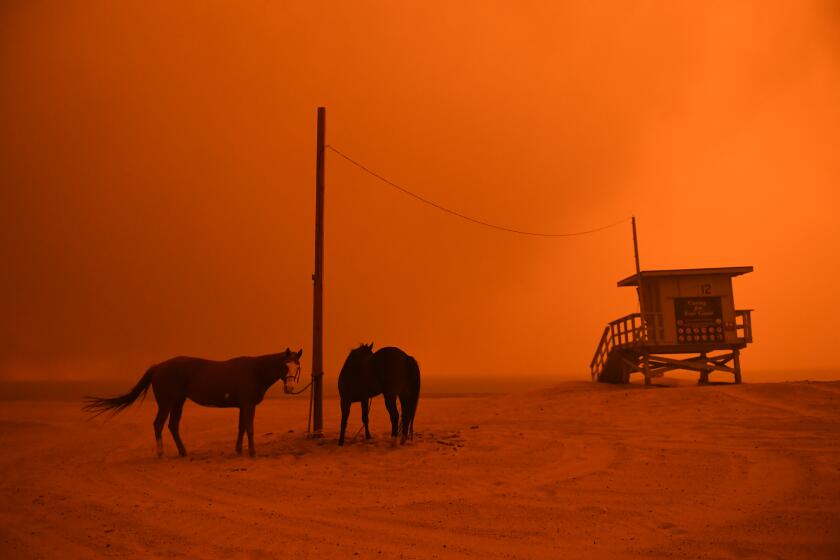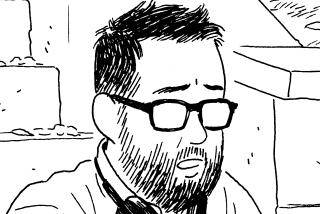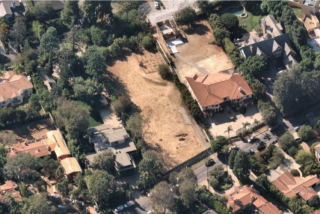Review: In the apocalyptic Appalachia of ‘Trashlands,’ survivors scrape by on love and art
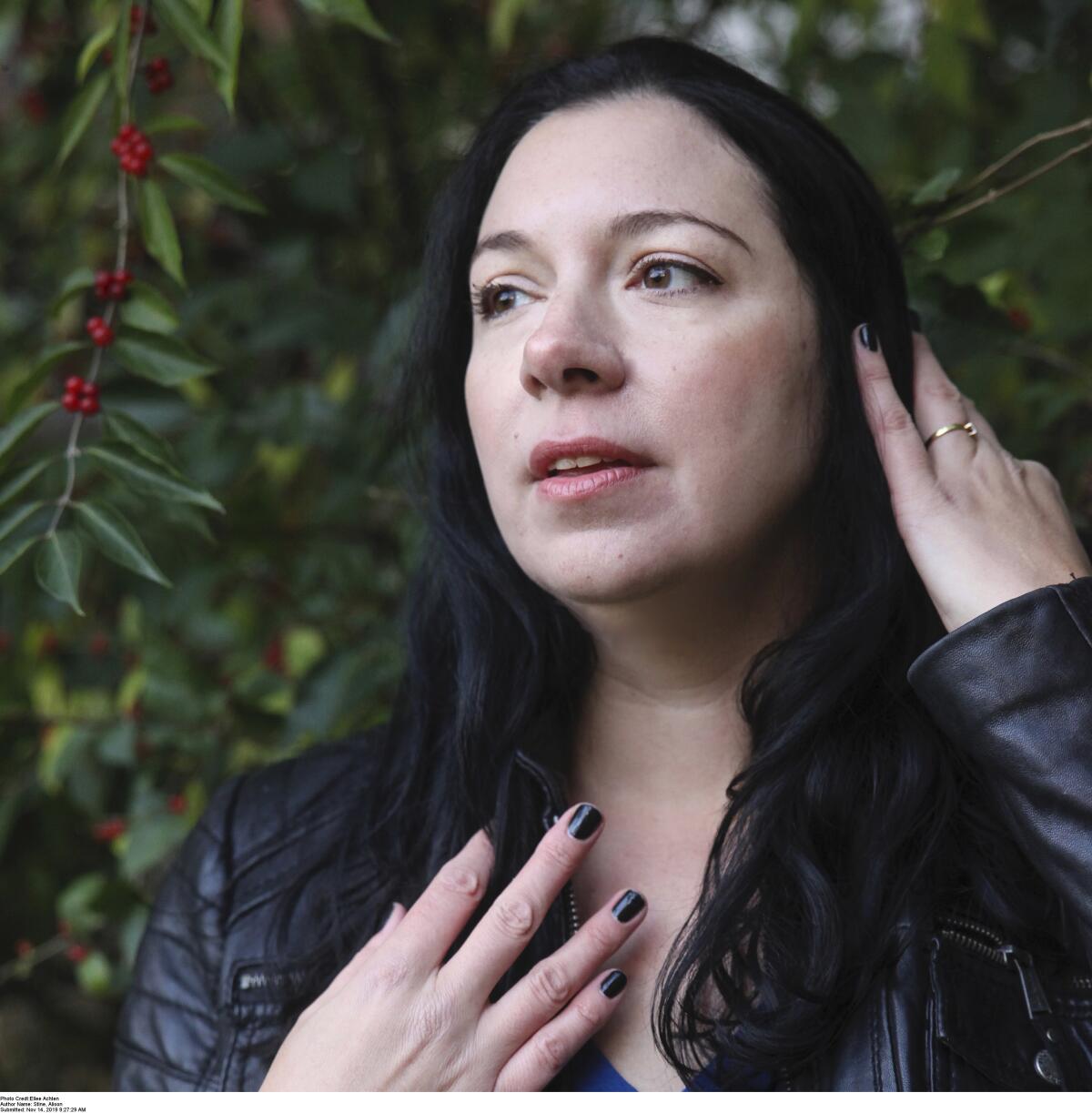
On the Shelf
Trashlands
By Alison Stine
Mira, 384 pages, $28
If you buy books linked on our site, The Times may earn a commission from Bookshop.org, whose fees support independent bookstores.
“Trashlands,” the second novel by poet Alison Stine, is a haunted book. Its people are named for places that no longer exist (Miami, Shanghai, Tahiti, the Outer Banks) and species that are extinct (Polar Bear, Foxglove, Mangrove). The names are gleaned from books after the climate apocalypse has drowned coastal cities. The effect is subtle but powerful, like walking along any Elm or Chestnut Street and wondering where all the trees went.
Stine forces readers into this shifted reality in the opening scene: Coral, named for the wildflower coralroot, journeys to the shore of Lake Erie to participate in the stripping and gleaning of a whale carcass. Coral and her adopted father, Mr. Fall, work as “pluckers,” extracting from the earth its only remaining abundant resource: plastic. “They followed the plastic tide,” Stine writes. “After the floods destroyed the coasts, rewrote the maps with more blue, something was in the water that lapped at Ohio and Georgia and Pennsylvania.”
In the wake of the catastrophes, nations had agreed to ban the production of plastic. Now, in a world where wood is scarce, plastic must be salvaged and recycled, mostly into blocks used in construction. Plastic is the new currency, and pluckers barter their daily catch for necessities.
The people who do this work live in what was once known as Appalachia, now dubbed “Scrappalachia” for its “vast orchards of scrap.” Stine, who grew up in rural Ohio, set her previous book, “Road Out of Winter,” in a different version of Ohio, after a permanent winter had wiped out agriculture. “Trashlands” follows another future course but focuses equally on working-class lives richer than the national media would have you believe.
Coral’s partner is Trillium, a talented tattoo artist whose medium is a mix of salvaged pen ink, motor oil and whatever else is handy. She lives with him and her father in an old school bus parked inside Trashlands, a community run by Rattlesnake Master, who demands that residents either pay rent or work for him. For women, that means toiling as nude dancers, entertaining men who have gathered from miles around to barter their scrap for homemade alcohol and gawking privileges.
8 books you should read instead of “Hillbilly Elegy.”
Among the dancers is Foxglove, one of Coral’s closest friends and a frequent client of Trillium‘s. Her bottle-red hair draws men like a flame, and she marks herself with every paying client, having their names inked onto her body. She is linked to Coral by grief. Both have suffered enormous losses in a time when loss itself is a pandemic.
Loss is what keeps Coral at Trashlands. Years earlier, men had come through the camp and kidnapped as many children as they could lay hands on, forcing them to work in factories sorting plastic too small for grown hands. Coral lives in hope that her son, Shanghai, will find his way back to Trashlands when he has outgrown his usefulness as a slave. Mixed in with her love is lingering guilt over how she handled his childhood behavioral problems.
In Stine’s world, as in our present day, the pervading social tension is urban versus rural. The remaining cities are entirely dependent on the work of pluckers, whose scavenging provides resources for urban rebuilding. But the city dwellers know little of those who toil on their behalf. Stine not only highlights these divides but blows up the typical post-apocalyptic narrative, in which men protect survivors by stocking up on guns, the better to keep roving gangs at bay. Her society is one of gatherers, living not off game (which has been obliterated) but foraged plants, insects and canned food. These are skills Appalachians have practiced for centuries.
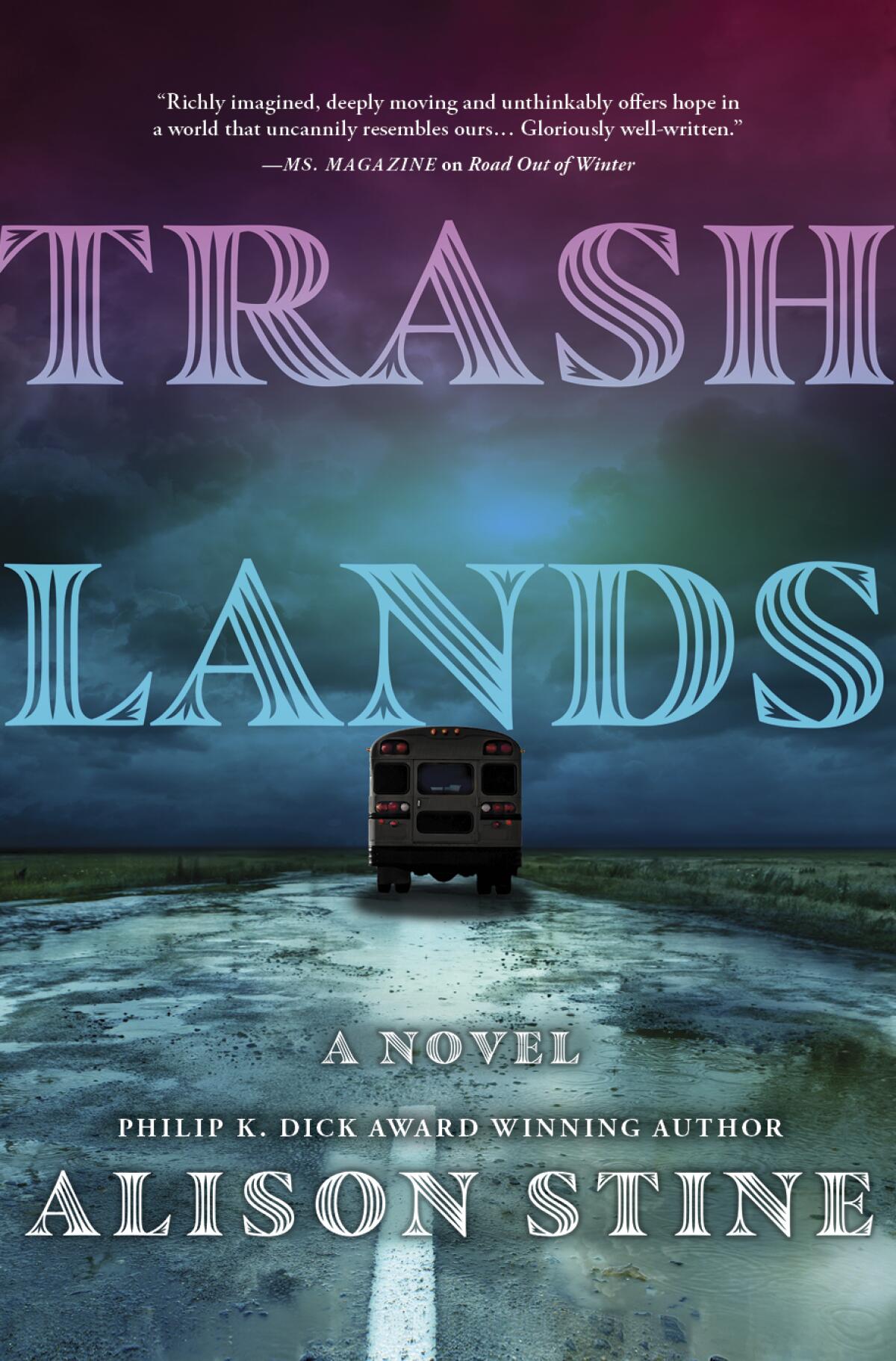
The plot kicks into high gear with the arrival of Miami, a city reporter who arrives in search of his missing twin sister, an activist named Mangrove. Some report that Mangrove has been killed, but Miami looks for proof in the form of a plastic bracelet Mangrove had worn since childhood. Plastic is forever, and the bracelet would give him something permanent to hold on to. But Miami is also there to write about Trashlands, to inform his readers about the people whose labor makes city life possible.
The present-day parallels are unmistakable. Parachute journalism has brought us countless superficial articles by outsiders who spend a day in a complex community and emerge with patronizing portraits of poverty, ignorance, racism, MAGA. They focus on the white, the angry, the male, depicting lives devoid of “small art and love and beauty,” as the old song goes.
Lydia Millet, whose latest novel, “A Children’s Bible,” tackled climate change, reads new fiction on climate and argues against calling it a genre.
Stine tells a different story, even in this bleaker version of the territory. For her, the human need to create, especially in the face of impoverishment, is endemic to the human spirit. Mr. Fall pours his energy into saving books he will use to teach Trashlands’ children to read. Summer, another of Coral’s friends, serves as a healer and midwife, foraging healthful plants but also salvaging scraps to create beautiful costumes for the club’s dancers. Trillium turns human flesh into a canvas. Foxglove decorates her trailer for sheer pleasure. And Coral leaves treasure in the woods for others to find: post-apocalyptic sculpture.
Stine is not the first novelist to ask how art can function after disaster. Emily St. John Mandel’s “Station Eleven” featured a troupe of actors who performed Shakespeare amid the collapse of civilization. But here, in a world where the only stage features a stripper pole, the art is homespun, a.k.a. “craft.” Art is often seen as the province of the educated and the wealthy, while other forms — Appalachian quilts, work by Black artists — are relegated at best to “outsider art.” Stine sees this, too, differently.
Art saves, but so does love. Historians once posited that, in times of high infant mortality, parents taught themselves not to grow attached to their children. But newer evidence has rubbished those claims. A child’s death was an enormous loss. Love binds us, regardless of deprivation or hardship. In Stine’s novel, the relationships are what keep the survivors going. Even in times when basic needs necessitate constant work, love and art create lives worth getting up for.
In “Trashlands,” Stine builds a world in which dark times have descended. And yet, she insists, the things that make us human persist. This is her ballad to love in a time of darkness — future and present.
Berry writes for a number of publications and tweets @BerryFLW.
More to Read
Sign up for our Book Club newsletter
Get the latest news, events and more from the Los Angeles Times Book Club, and help us get L.A. reading and talking.
You may occasionally receive promotional content from the Los Angeles Times.
